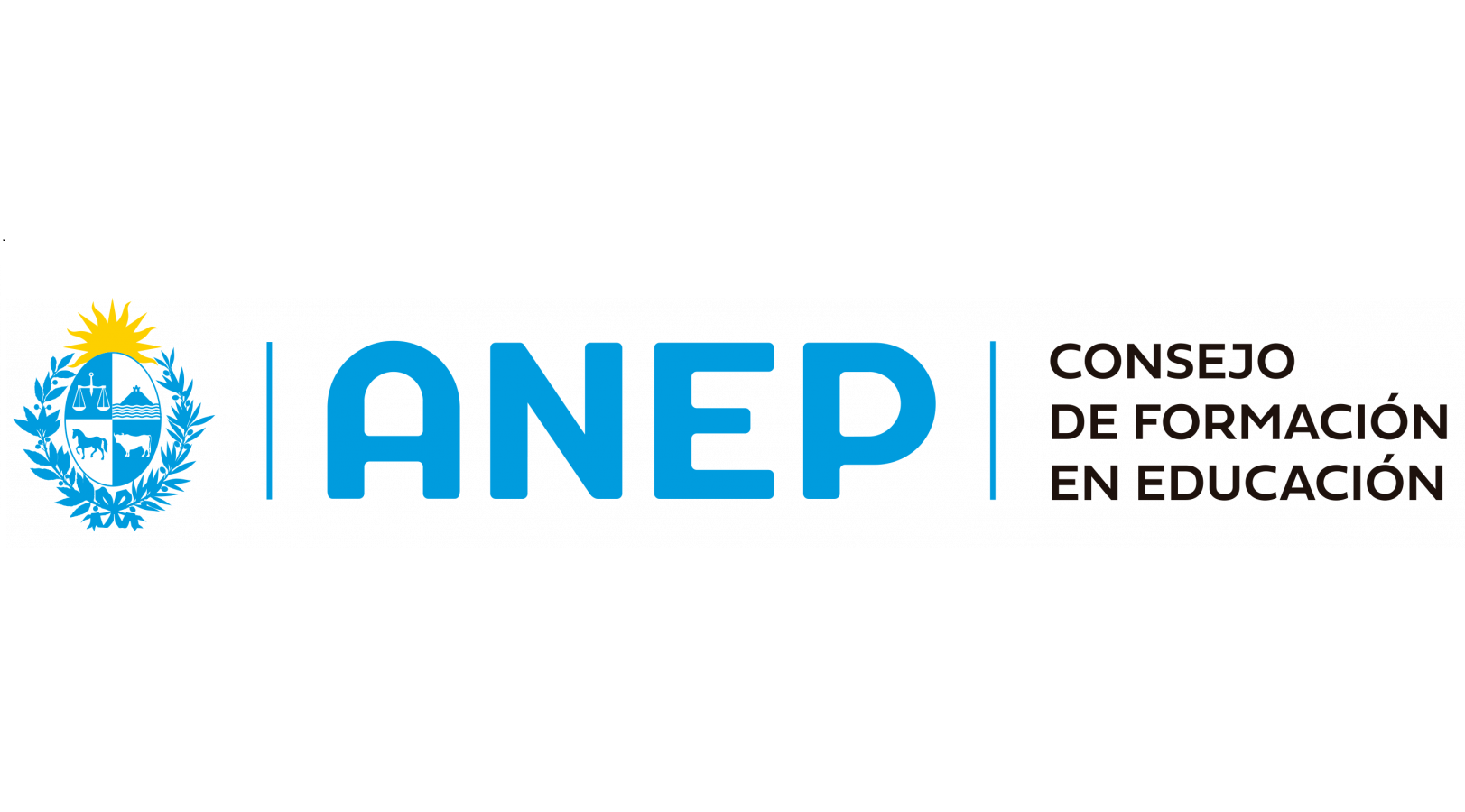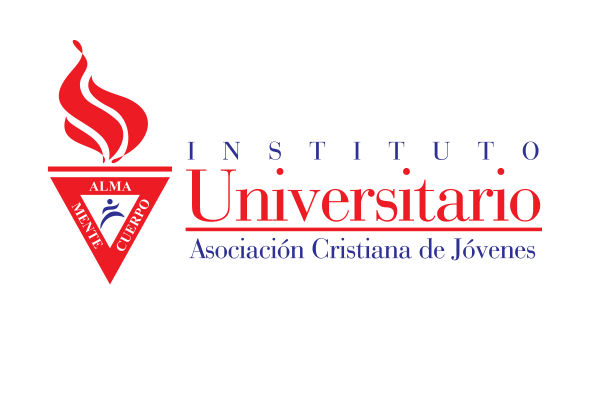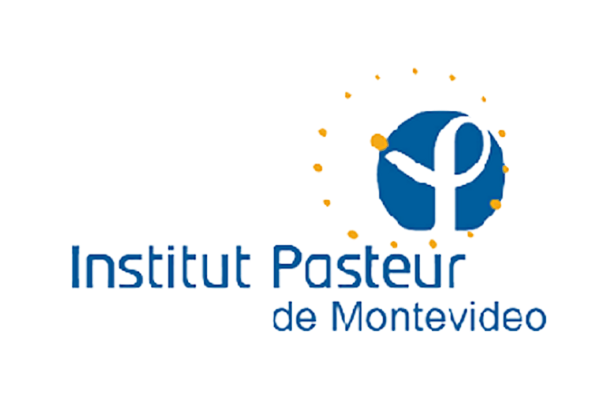Closo-carboranyl- and metallacarboranyl [1,2,3]triazolyl-decorated lapatinib-scaffold for cancer therapy combining tyrosine kinase inhibition and boron neutron capture therapy
Resumen:
One of the driving forces of carcinogenesis in humans is the aberrant activation of receptors; consequently, one of the most promising mechanisms for cancer treatment is receptor inhibition by chemotherapy. Although a variety of cancers are initially susceptible to chemotherapy, they eventually develop multi-drug resistance. Anti-tumor agents overcoming resistance and acting through two or more ways offer greater therapeutic benefits over single-mechanism entities. In this study, we report on a new family of bifunctional compounds that, offering the possibility of dual action (drug + radiotherapy combinations), may result in significant clinical benefits. This new family of compounds combines two fragments: the drug fragment is a lapatinib group, which inhibits the tyrosine kinase receptor activity, and an icosahedral boron cluster used as agents for neutron capture therapy (BNCT). The developed compounds were evaluated in vitro against different tyrosine kinase receptors (TKRs)-expressing tumoral cells, and in vitro–BNCT experiments were performed for two of the most promising hybrids, 19 and 22. We identified hybrid 19 with excellent selectivity to inhibit cell proliferation and ability to induce necrosis/apoptosis of glioblastoma U87 MG cell line. Furthermore, derivative 22, bearing a water-solubility-enhancing moiety, showed moderate inhibition of cell proliferation in both U87 MG and colorectal HT-29 cell lines. Additionally, the HT-29 cells accumulated adequate levels of boron after hybrids 19 and 22 incubations rendering, and after neutron irradiation, higher BNCT-effects than BPA. The attractive profile of developed hybrids makes them interesting agents for combined therapy.
| 2020 | |
|
Tyrosine kinase inhibitors Lapatinib [1,2,3]triazolyl linker Boron clusters In vitro BNCT effect |
|
| Inglés | |
| Universidad de la República | |
| COLIBRI | |
| https://hdl.handle.net/20.500.12008/32294 | |
| Acceso abierto | |
| Licencia Creative Commons Atribución (CC - By 4.0) |












